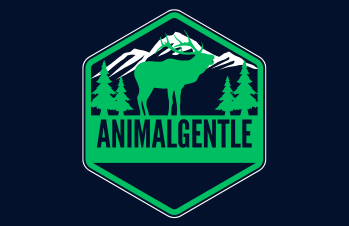Did you know that nearly 1 in 4 dogs are considered underweight? If your furry friend is looking thinner than usual, it can be concerning, especially if there are underlying health issues.
Explore how to fatten up a dog quickly and safely with seven vet-approved tips.
The right approach is crucial for your dog’s overall health, and by following these guidelines, you’ll help your pet regain their strength and vitality.
Reason Why Your Dog Isn’t Gaining Weight
If your dog isn’t gaining weight, it’s essential to first identify the underlying issues affecting their health.
Common problems like diarrhea, lethargy, or a lack of energy can lead to weight loss, and these symptoms may point to serious conditions such as cancer, diabetes, or even parasites.

A thorough vet examination is crucial to rule out these health concerns before you start thinking about how to fatten up a dog.
Addressing the root cause is key; for instance, dental issues can make eating painful, while gastrointestinal disorders can prevent proper nutrient absorption.
Once you’ve ensured that your dog is healthy enough to gain weight, consider incorporating calorie-dense foods into their diet.
High-quality wet food or specially formulated weight gain formulas can provide the extra nutrients they need.
| Tip # | Method | Description |
| 1 | High-Calorie Diet | Feed nutrient-dense, high-fat, and high-protein food. |
| 2 | Frequent Meals | Offer smaller meals multiple times a day. |
| 3 | Food Toppers & Supplements | Add wet food, bone broth, or weight-gain supplements. |
| 4 | Warm & Moist Food | Slightly warm food or add water to enhance aroma. |
| 5 | Reduce Stress & Anxiety | Create a calm feeding environment to encourage eating. |
| 6 | Gentle Exercise | Light activity to stimulate appetite and muscle growth. |
| 7 | Vet Consultation | Rule out medical issues and get tailored advice. |
Stress
Stress can be a sneaky culprit when it comes to your dog’s weight loss.
Dogs can experience stress from changes in their environment, such as moving to a new home, changes in routine, or even the loss of a companion.
When they feel anxious, their appetite may dwindle, leaving you wondering how to fatten up a dog that seems disinterested in food.
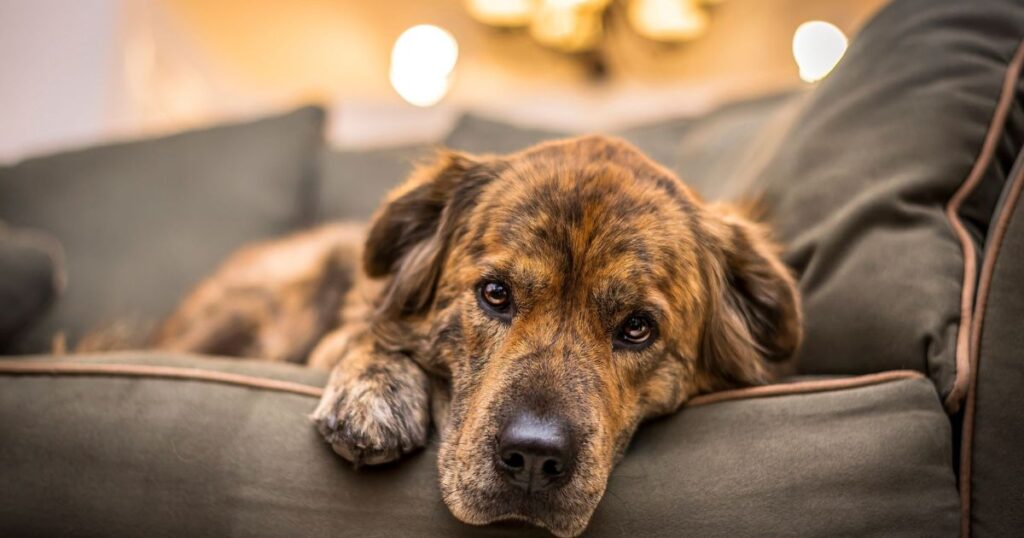
It’s important to recognize these stressors and take steps to create a calm and comforting environment for your furry friend.
One effective way to help your dog cope with stress is by establishing a consistent daily routine.
Dogs thrive on predictability, and knowing when to expect meals, playtime, and relaxation can ease their anxiety.
Consider incorporating interactive toys or puzzles that stimulate their minds while keeping them engaged.
As your dog starts to feel more secure and relaxed, they’re likely to regain their appetite and begin the journey toward healthy weight gain.
Before offering raw chicken to your dog, find out if it’s safe: Can Dogs Eat Raw Chicken?
Food Competition
When you’re trying to figure out how to fatten up a dog, one important factor to consider is food competition among pets in your household.
If you have multiple dogs or other animals, the dynamics at mealtime can affect your pup’s eating habits.
Some dogs may feel intimidated by more dominant companions, causing them to shy away from their food.
This can lead to stress during feeding times and ultimately result in weight loss instead of gain.
To tackle this issue, create a calm and controlled feeding environment.

Feeding your dog in a separate room or using a crate where they can eat without distractions.
This not only reduces competition but also allows them to enjoy their meals peacefully.
Another tip is to use elevated feeding bowls; they can make it easier for your dog to access their food without feeling rushed or crowded.
The social aspects of mealtime, you can help your furry friend feel more secure and encourage them to eat, making it easier to implement effective strategies on how to fatten up a dog.
How to Determine Why Your Dog is Thin
When learning how to fatten up a dog, the first step is to understand why your furry friend is thin.
Observe their eating habits closely, are they finishing their meals or leaving food behind?
Monitoring their bathroom habits can also provide clues; if they’re going more frequently than usual, it might indicate a digestive issue.
A thorough health assessment is crucial, so scheduling a checkup with your vet can help rule out any underlying medical problems that may be affecting their weight.
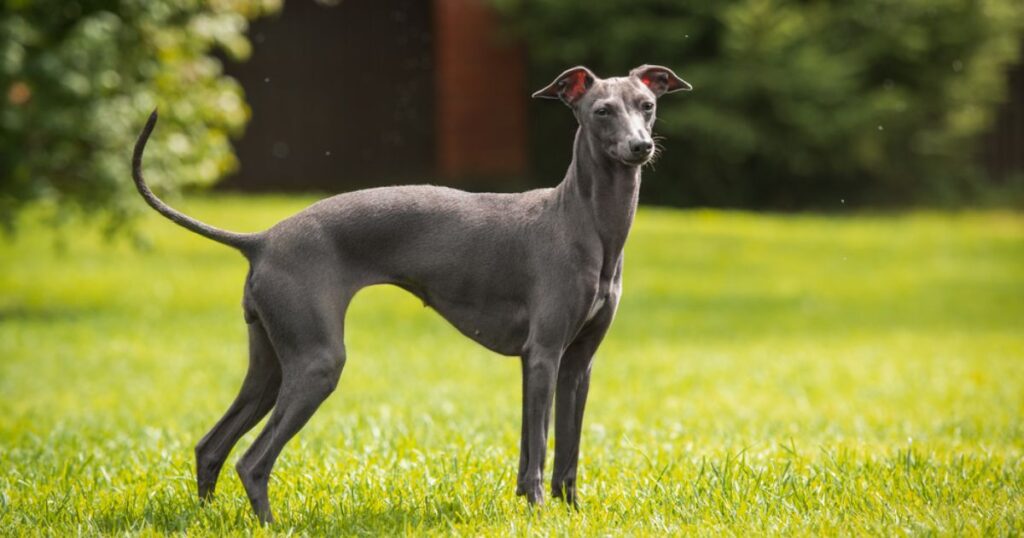
Once you’ve gathered insights on your dog’s health, take a look at the recommended portions on their food packaging.
Many pet owners underestimate how much their dog actually needs, especially if they are active.
Sometimes, simply increasing the portion size or adding calorie-dense supplements can make a significant difference.
When switching to a more exciting diet, dogs often respond better to meals that entice their taste buds.
High-quality, calorie-rich options not only help in weight gain but also keep your pup happy and engaged at mealtime.
Find out why the Turkish Boz Shepherd is such a unique breed here.
How to Fatten a Dog Up
Dogs can be picky eaters, so finding a brand that excites them can make all the difference.
Increasing their meal frequency to at least two meals a day, or even adding a third or fourth small serving, can help boost their overall calorie intake without overwhelming their stomachs.

Incorporating nutrient-dense foods like cooked sweet potatoes and pumpkin can also provide healthy calories while offering beneficial vitamins.
For those extra calories, consider high-fat treats, especially before bedtime, to give your dog a satisfying snack they’ll look forward to.
Lastly, adding a dollop of peanut butter to their meals not only enhances flavor but also contributes healthy fats.
By following these vet-approved tips, you can effectively learn how to fatten up a dog in a safe and enjoyable way!
Should I Cut Back on My Dog’s Exercise?
When considering how to fatten up a dog, many pet owners mistakenly think that cutting back on exercise is the answer.
In reality, regular exercise is crucial for a dog’s overall health and can actually aid in building muscle mass rather than depleting it.
Dogs thrive on physical activity, which not only helps maintain a healthy weight but also stimulates their appetite, encouraging them to eat more of the nutritious food you provide.

Reducing exercise, focus on enriching your dog’s routine with fun activities that can stimulate both their mind and body.
Incorporating playtime, walks, or even agility exercises can boost their metabolism and help them develop lean muscle.
Alongside this, ensure you are feeding them a balanced diet rich in high-quality protein and essential amino acids.
This combination of exercise and nutrition is key to helping your furry friend gain weight healthily and effectively.
Want to know how long your Frenchie will be by your side? Read our article on How Long Do Frenchies Live? for all the details.
Should I Fatten Up a Dog with Human Food?
A small amount of peanut butter or pumpkin to your dog’s kibble can enhance flavor and provide some nutritional benefits, these should not replace the essential nutrients found in AAFCO-compliant dog food.
Relying solely on human foods, focus on incorporating them as tasty toppings or occasional treats that complement a balanced diet.

The types of human foods you introduce. Foods like cooked sweet potatoes or lean meats can be good options, but avoid anything high in sugar or salt.
Always check for harmful ingredients like onions or chocolate. By carefully selecting which human foods to include, you can make mealtime more enjoyable for your pup while effectively managing their weight gain journey.
This approach ensures that your dog receives the necessary nutrients without compromising their health.
A Vet-Prescribed Diet Can Help Your Dog Put on Weight
If your furry friend has received a clean bill of health but still struggles to gain weight, tailored nutrition is key.
Your veterinarian can recommend specific high-calorie foods that not only provide the necessary nutrients but also taste delicious, making mealtime something to look forward to.
Foods rich in healthy fats, like fish oil or chicken fat, can help increase calorie intake without overwhelming your pup’s digestive system.
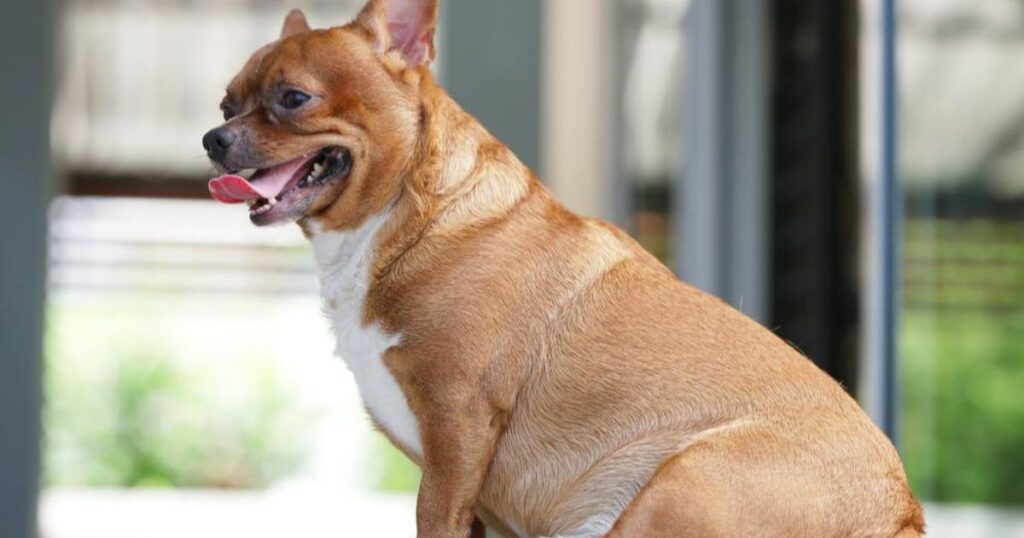
It’s important to choose foods that are both appealing and beneficial.
Look for options that include protein-packed ingredients like chicken, beef, or lamb, as well as digestible carbohydrates such as sweet potatoes or brown rice.
You might also consider adding some tasty toppers, like canned pumpkin or yogurt, to enhance flavor and entice your dog to eat more.
By focusing on a vet-approved diet plan, you’ll be well on your way to helping your dog gain the weight they need while ensuring they enjoy every bite!
Foods to Fatten up Your Dog
When considering how to fatten up a dog, it’s essential to focus on a diet rich in high-quality protein and healthy fats.
These nutrients are crucial for building muscle and increasing overall weight. Foods like dried chicken, salmon, beef, kangaroo, and lamb not only provide the necessary calories but also deliver a range of vitamins and minerals that support your dog’s health.

These protein sources into their meals can make a significant difference in their weight gain journey.
In addition to proteins, ensuring that your dog receives plenty of calories is key.
You might consider adding calorie-dense options like peanut butter or specialized dog food formulated for weight gain.
These choices can elevate their daily intake without overwhelming their digestive system.
Fatten Up Your Dog with Human Food
Cheese is a delicious option that many dogs adore; it’s rich in calories and can be given as a treat or mixed into their meals.
Chicken liver is another nutrient-dense choice, packed with vitamins and minerals that not only help with weight gain but also boost overall health.
A little goes a long way, so just a small portion can make a big difference in your dog’s diet.
Adding fish oil to your dog’s food is an excellent way to increase healthy fats, promoting both weight gain and a shiny coat.
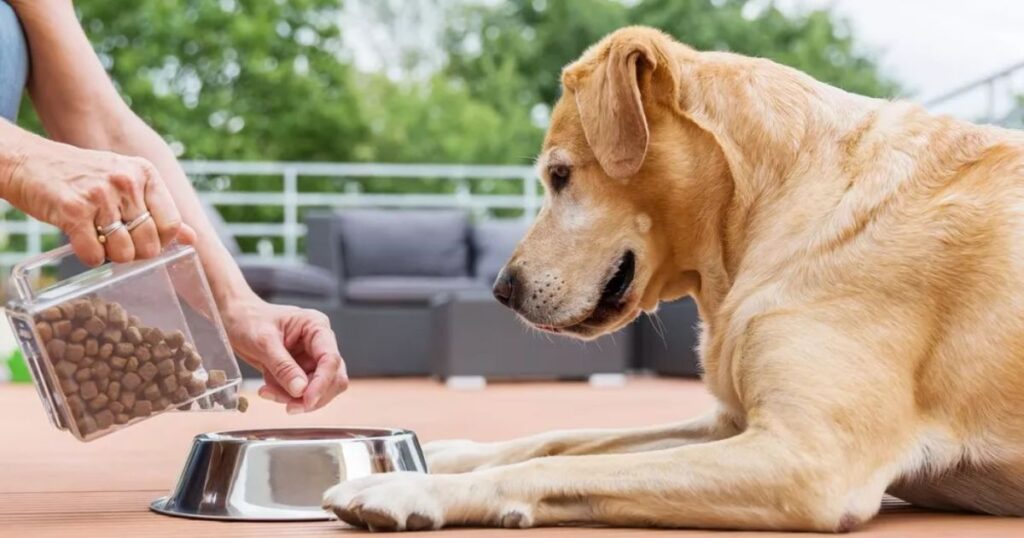
Peanut butter, a favorite among many pups, is not only tasty but also high in calories, just ensure it’s free of xylitol, which is toxic to dogs.
For those looking to provide fiber along with extra calories, pumpkin is a great addition; it helps with digestion while being low in calories.
Sweet potatoes are another fantastic option, offering carbohydrates and vitamins that can help your furry friend bulk up.
Raw meats like tuna or chicken, which are not only calorie-rich but also packed with protein essential for muscle growth.
How to Fatten My Dog Up? Feed Them Well, Stay Active, & Check with Your Vet
Start by incorporating high-calorie treats into their daily meals. Look for options that are rich in healthy fats, like salmon oil or peanut butter, which not only add calories but also boost overall health.
You can mix these treats into their regular food or offer them as snacks between meals.
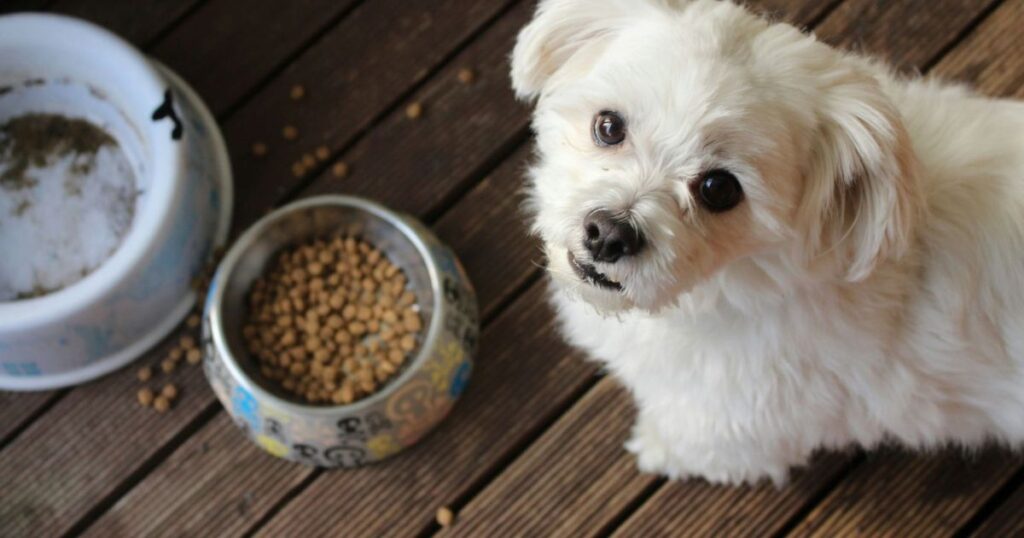
Staying active is just as important as feeding them well. Engaging in fun activities can stimulate their appetite and encourage them to eat more.
Take your dog on longer walks or play interactive games that keep their spirits high.
Finally, don’t forget to check with your vet before making significant changes to your dog’s diet. They can provide tailored advice and ensure that your furry friend is gaining weight safely and healthily.
Conclusions
Helping your dog gain weight can be a straightforward process if you follow the right steps.
By incorporating high-quality foods, frequent meals, and healthy treats, you can ensure your furry friend is getting the nutrition they need.
Always consult with your vet to tailor a plan that suits your dog’s specific needs.
Patience is key, as healthy weight gain takes time. Start today, and watch your dog thrive with a balanced diet!
FAQs
How can I make my dog gain weight faster?
Provide her with foods that are high in calories, such as healthy fats and oils like peanut butter, mackerel, cheese, and chicken fat. Also include protein sources like various cooked or raw meats and eggs.
Does rice fatten up dogs?
Typically, dogs won’t put on much weight from eating rice.
How quickly can a dog gain weight?
Puppies don’t have a specific weekly weight gain target, but typically, they gain about 10-15% of their body weight each day.
How to feed an underweight dog?
A dog that is too thin needs to eat smaller meals more often.
